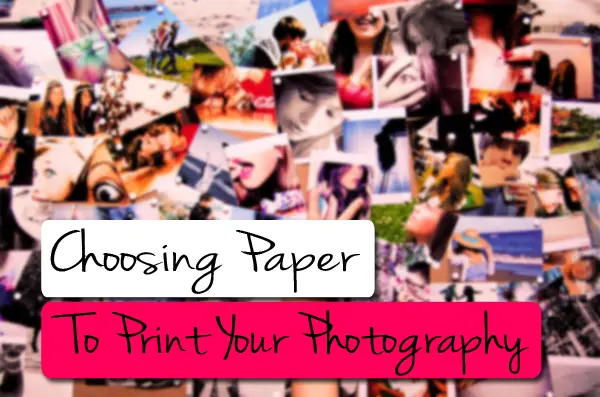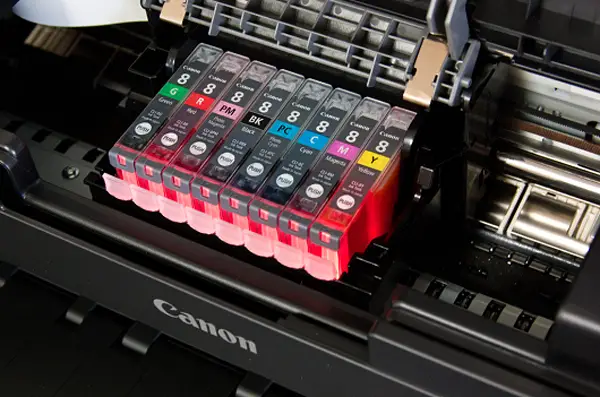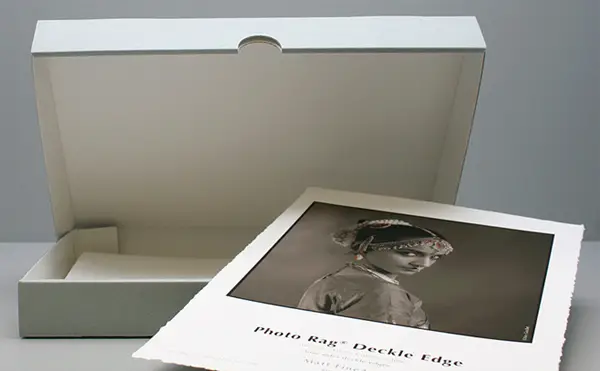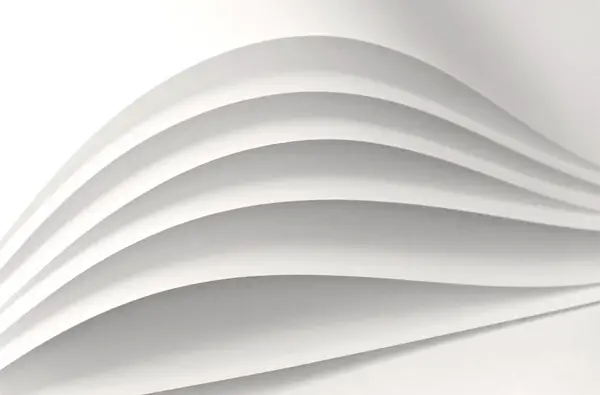If you recently searched for a suitable printed media on which to print your photography, you must have felt quite overwhelmed. Printing media in the form of photo paper is gaining from improvement in chemicals, ink and paper production, that makes the decision as to the best photo paper for the job harder than it used to be.

These improvements however, mean that when you get it right, the printed photograph will be good for many years of display. Here is our easy to digest guide to aspects that you should pay attention to when searching for printing paper media.
Printer Ink Type
The preferred printing technology to achieve a wide colour range and true colour tones is Inkjet. Using pigment or dye based inks, liquid ink is dispersed by way of a super accurate jet onto the paper, giving it the name Ink-Jet. The result is high quality printing in up to 2880 DPI (dots per inch) in contrast to 720 DPI supported in laser printing technology.

Laser uses toner particles made of carbon and polymer to produce powder-like ink in CMYK color range. The powder is then fused on the paper resulting in super fast printing with a lack of accuracy needed for printing high quality photos. Laser printing technology is fantastic for printing simple documents, but for image reproduction Inkjet rules supreme.
Dye Vs. Pigment Based Inks
A number of printer manufactures offer both dye and pigment based Inkjet inks. Your choice of one over the other may affect the quality of the print so becoming aware of the two options is essential.
Dye – As the name suggests, dye based inks are made from water-soluble dye resulting in a colored liquid. Photo paper which is printed with dye based inks will achieve a smoother print and wider color gamut. Additionally, more photo paper types (in particular the budget ones) will support dye based inks better than higher end photo paper models do.
Pigment – Here the ink is made of liquid and tiny particles that are invisible to the human eye. The particles do not dissolve in the mixture. The use of pigments enhances the UV light stability of the print so it fades slower as well as having water water-resistant properties.
Both types of inks are suitable in some circumstances and not so in others. Dye based inks offer superior printing quality, while pigment based inks are harder wearing.
Photo Paper Structure
Regardless of the manufacturer, photo papers share the same structure making it easier than you think to compare your options. The structure is divided into the base of the paper, the chemical coating that accepts the ink (known as the ‘receiving layer’) and finish of the final item.

Base Paper – There are two common variations of the base. One variation, which is used in common everyday photo paper is based on ordinary paper alone. Its superior alternative is also based on paper which is sandwiched between two layers of polyethylene. Known as PE base, the job of the polyethylene layer is to ensure that no ink is allowed to seep into the base. Acting as a barrier, PE coating reduces the likelihood of paper shortfalls in the shape of cockling, ink saturation and lack of stability.
Chemical Coating – The biggest difference between photo papers is the quality of the chemical layer. Called the ‘receiving layer’, its job is to accommodate the immense amount of ink generated by the printer heads. If you ever wondered why some papers are instant dry as soon as you print them out, why some fade or yellow in a matter of months and why some curl after printing, it is the receiving layer that makes the difference.
Paper Finish – The last component in photo paper is the finish. Although most people are familiar with glossy or matt, much confusion occurs in the finishes in between. The varied phrases that vendors use from Luster to Pearl, only helps to confuse potential users. Let’s make some sense of your finish options.
Photo Paper Weight
The last part in highlighting your options is choosing the correct weight. Perhaps the biggest misconception amongst users is that weight equals quality. You now know that base and receiving layers are far more important in establishing quality. Weight is measured in GSM (grams per square meter – g/m²) and in today’s printing landscape has a more impression part than any other.

Higher weights photo papers are heavier to touch so they feel more invested. If you intend to supply your photo and therefore it has a high keepsake element, you should consider higher GSM. Photo paper weight when printing photos vary from 120gsm used for budget prints like calendar prints (when there’s no real ‘keepsake’ value as the print is immediately hung) to 300gsm and even more in the case of fine art papers. Traditional printers can feed up to 280gsm paper easily were heavier weights should be checked against the printer’s manufacturer guidelines.
We hope your photo paper questions have been answered once and for all. Leave your comment below if you have any questions.
About the author: Written by Joseph Eitan M.D of photographic paper vendor Photo Paper Direct. Joseph has over 25 years experience in the printed media industry. Visit his site for more information or to get in touch with any questions you might have.









0 comments